Time Period: Early Twentieth Century (1901 - 1940) - Starting with R
 E. D. Rivers
E. D. Rivers
Rivers, Eurith Dickinson (E. D.)
Rivervale Inverted Siphons
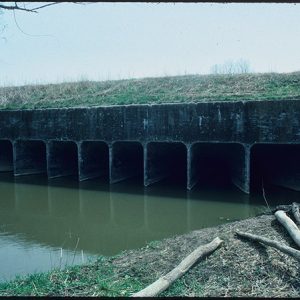 Rivervale Inverted Siphons
Rivervale Inverted Siphons
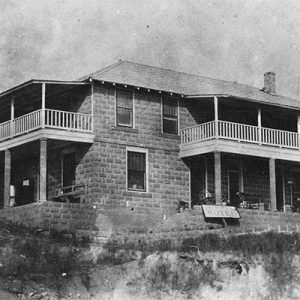 Riverview Hotel
Riverview Hotel
 Riviera Hotel
Riviera Hotel
 The Road to Wildcat
The Road to Wildcat
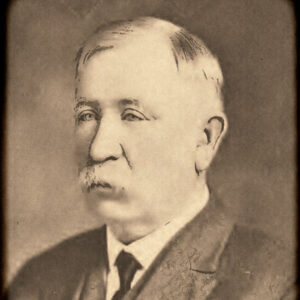 John Roberts
John Roberts
Robertson, Frank (Lynching of)
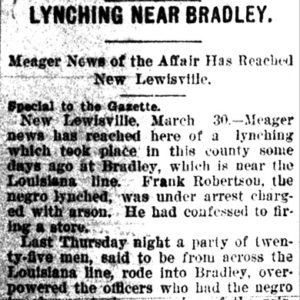 Frank Robertson Lynching Article
Frank Robertson Lynching Article
Robertson, Irene
 Wendel A. Robertson
Wendel A. Robertson
Robins, Reuben William (R. W.)
Robinson Center Music Hall
aka: Joseph Taylor Robinson Memorial Auditorium
aka: Robinson Auditorium
 Robinson Family
Robinson Family
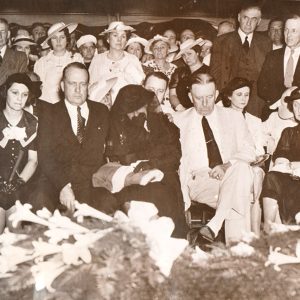 Robinson Funeral
Robinson Funeral
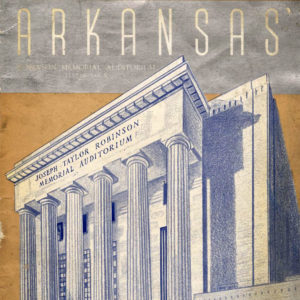 Robinson Grand Opening
Robinson Grand Opening
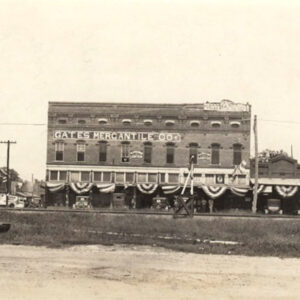 Robinson Homecoming
Robinson Homecoming
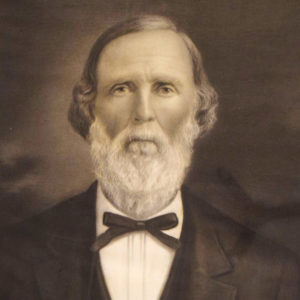 James M. Robinson
James M. Robinson
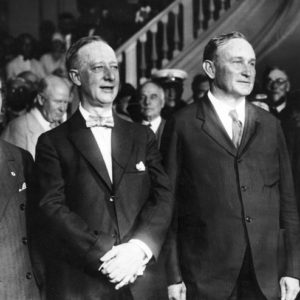 Joe T. Robinson
Joe T. Robinson
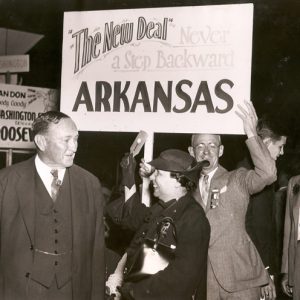 Joe T. Robinson and Hattie Caraway
Joe T. Robinson and Hattie Caraway
 Joe T. Robinson Funeral Ticket
Joe T. Robinson Funeral Ticket
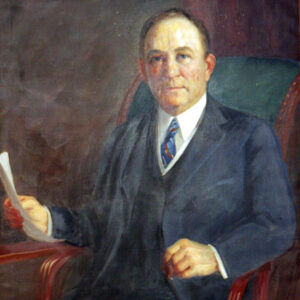 Joe T. Robinson
Joe T. Robinson
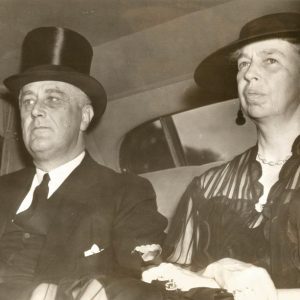 Joe T. Robinson Funeral
Joe T. Robinson Funeral
Robinson, John Marshall
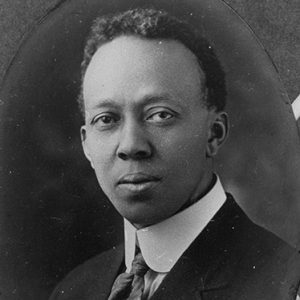 John M. Robinson
John M. Robinson
Robinson, Joseph Taylor
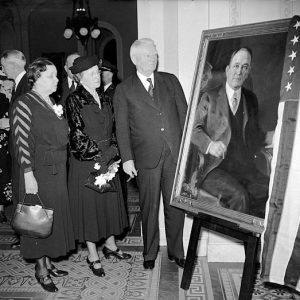 Joe T. Robinson Portrait
Joe T. Robinson Portrait
 Joe T. Robinson and W. T. Shepherd
Joe T. Robinson and W. T. Shepherd
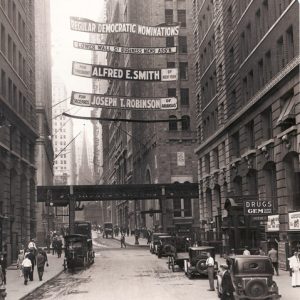 Smith/Robinson Campaign Signs
Smith/Robinson Campaign Signs
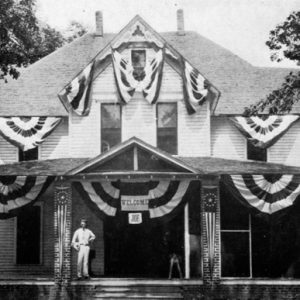 Joseph Taylor Robinson House
Joseph Taylor Robinson House
Robinson, Willis (Lynching of)
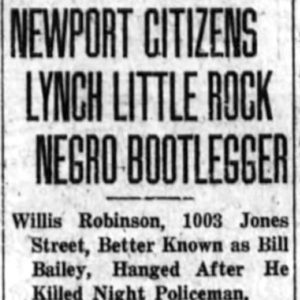 Willis Robinson Lynching Article
Willis Robinson Lynching Article
Rock Island Argenta Depot
Rock Island Line, The
 "Rock Me," Performed by Sister Rosetta Tharpe
"Rock Me," Performed by Sister Rosetta Tharpe
 John D. Rockefeller and John D. Rockefeller Jr.
John D. Rockefeller and John D. Rockefeller Jr.
 Winthrop Rockefeller Baby Portrait
Winthrop Rockefeller Baby Portrait
 Winthrop Rockefeller Age Five
Winthrop Rockefeller Age Five
Rodriguez, Dionicio
Roe, “Preacher”
aka: Elwin Charles Roe
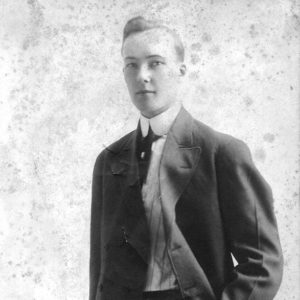 Gustavus Roescher
Gustavus Roescher
Roescher, Gustavus
aka: Gus Rusher
 Rogers Academy Football Team
Rogers Academy Football Team
 Rogers Academy; 1908
Rogers Academy; 1908
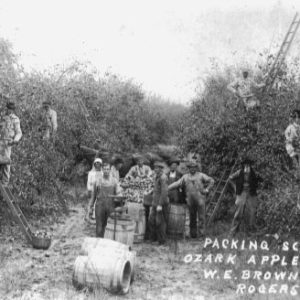 Rogers Apple Pickers
Rogers Apple Pickers
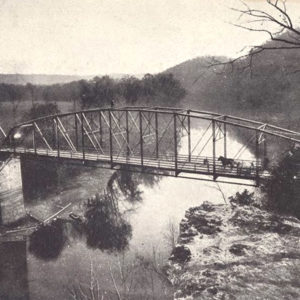 Rogers Bridge
Rogers Bridge
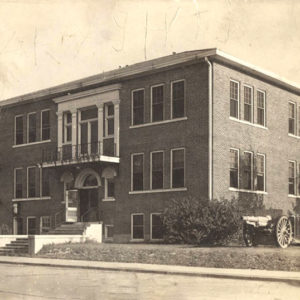 Rogers City Hall
Rogers City Hall
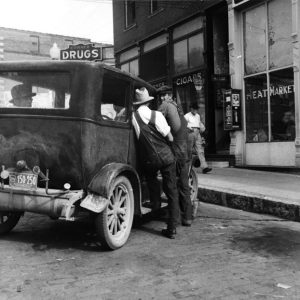 Rogers Street Scene
Rogers Street Scene




